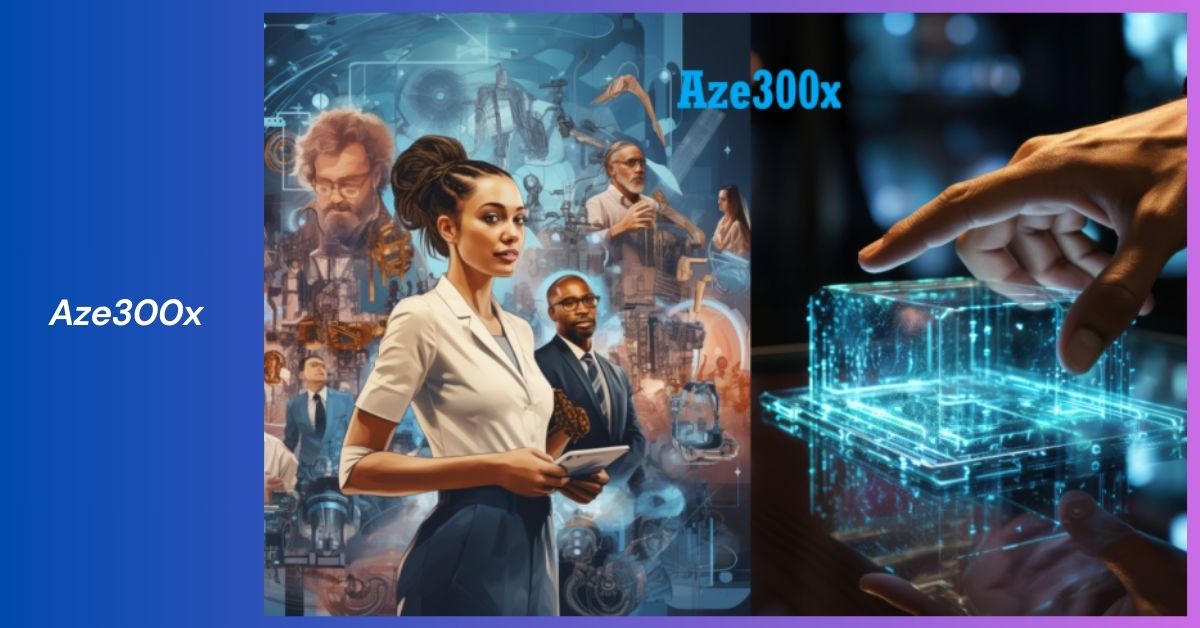
In the ever-evolving landscape of technology, there exists a fascinating phenomenon that has captivated the attention of many – Peiscans.
With its roots in computer programming, Peiscans have evolved to become a powerful tool for processing and analyzing large datasets with unparalleled speed and efficiency.
“Peiscans, a fascinating topic, have evolved significantly over time, spanning various subjects and areas of interest. From their early beginnings to modern applications, Peiscans have revolutionized data processing and analysis, enabling faster and more accurate results in industries like AI, cybersecurity, and data analysis.”
By breaking down complex tasks into smaller, manageable chunks, Peiscans enable computers to perform tasks in parallel, revolutionizing the way we approach data analysis and processing.
In this article, we’ll delve into the world of Peiscans, exploring their origins, applications, and benefits, as well as the challenges and limitations that come with this cutting-edge technology.
What are Peiscans?
Peiscans are a type of programming technique that enables computers to process complex tasks in parallel, allowing for faster and more efficient data analysis.
The term “Peiscan” is derived from the combination of “PEI” and “SCAN,” referring to the parallel execution instruction and the process of scanning through data.
By breaking down large datasets into smaller chunks, Peiscans enable computers to perform tasks simultaneously, reducing processing time and improving accuracy.
This innovative approach has far-reaching applications across various industries, from data analysis and artificial intelligence to cybersecurity and environmental monitoring.
A Brief History of Peiscans
Peiscans can be traced back to the early days of computer programming, where they were first introduced as a way to simplify complex coding tasks.
The term “Peiscan” is derived from the combination of two words: “PEI” and “SCAN.” PEI stands for “Parallel Execution Instruction,” while SCAN refers to the process of scanning through data.
Initially, Peiscans were used in mainframe computers, allowing programmers to efficiently execute tasks and analyze data.
How Do Peiscans Work?
So, how do Peiscans work their magic? At their core, Peiscans are a type of programming technique that enables computers to perform complex tasks in parallel.
This is achieved by breaking down large datasets into smaller chunks, which can then be processed simultaneously.
By doing so, Peiscans significantly reduce the processing time required for complex tasks, making them an essential tool in today’s fast-paced digital world.
The Science Behind Peiscans
To understand how Peiscans work, it’s essential to grasp the underlying science. In computer programming, data is typically processed in a linear fashion, with each task being executed sequentially.
However, this approach can lead to significant processing time and limitations. Peiscans overcome this limitation by using parallel processing techniques, allowing multiple tasks to be executed simultaneously.
The Benefits of Parallel Processing
Parallel processing is a game-changer in the world of computer programming. By breaking down complex tasks into smaller chunks and processing them simultaneously, parallel processing can:
- Reduce processing time: By processing multiple tasks simultaneously, parallel processing can significantly reduce the time required for complex tasks.
- Increase efficiency: Parallel processing can handle large amounts of data quickly and efficiently, making it an essential tool in today’s data-driven world.
- Improve accuracy: By processing data in parallel, parallel processing can reduce errors and improve accuracy.
Applications of Peiscans
Peiscans have far-reaching applications across various industries, including:
- Data Analysis: Peiscans are particularly useful in data analysis, allowing for the rapid processing of large datasets. This is crucial in fields such as finance, healthcare, and marketing.
- Artificial Intelligence: Peiscans play a significant role in AI development, enabling machines to learn and adapt faster than ever before.
- Cybersecurity: By analyzing vast amounts of data quickly and efficiently, Peiscans can help identify potential security threats and prevent cyber attacks.
- Healthcare: Peiscans can be used to analyze medical data, identifying patterns and trends that can aid in disease diagnosis and treatment.
- Environmental Monitoring: Peiscans can be used to analyze large amounts of environmental data, identifying patterns and trends that can aid in conservation efforts.
Real-World Applications of Peiscans
To illustrate the power of Peiscans, let’s explore some real-world applications:
- Weather Forecasting: By analyzing large amounts of weather data quickly and efficiently, Peiscans can help improve weather forecasting accuracy.
- Genomic Analysis: Peiscans can be used to analyze large amounts of genomic data quickly and efficiently, aiding in disease diagnosis and treatment.
- Financial Analysis: Peiscans can be used to analyze large amounts of financial data quickly and efficiently, aiding in investment decisions and risk management.
Challenges and Limitations of Peiscans
While Peiscans offer numerous benefits and applications, they’re not without challenges and limitations. Some of the key challenges include:
- Scalability: As the size and complexity of datasets increase, it becomes increasingly challenging to scale up Peiscans.
- Data Quality: The quality of data inputs can significantly impact the accuracy and reliability of Peiscan results.
- Computational Power: The processing power required for Peiscans can be significant, requiring high-performance computing resources.
Future Directions for Peiscans
As we continue to navigate the digital landscape, it’s essential that we explore new directions for Peiscans. Some potential areas for future research include:
- Explainability: Developing techniques for explaining how Peiscans arrive at their conclusions will be crucial for building trust and confidence.
- Transparency: Ensuring transparency in the processing and analysis of data will be essential for building trust and accountability.
- Interoperability: Developing standards for interoperability between different systems will be essential for ensuring seamless integration.
Conclusion
In conclusion, Peiscans are a fascinating phenomenon that has the potential to revolutionize the way we process and analyze data.
From their origins in computer programming to their modern-day applications in AI and cybersecurity, Peiscans have come a long way.
As we continue to navigate the digital landscape, it’s essential that we understand the benefits and limitations of this technology. By embracing the power of Peiscans, we can unlock new possibilities and drive innovation forward.
FAQs about Peiscans
What are Peiscans?
Peiscans are a type of programming technique that enables parallel processing of complex tasks. This technique helps to speed up data analysis and processing.
What is the purpose of Peiscans?
The primary purpose of Peiscans is to improve the efficiency and accuracy of data analysis and processing by breaking down complex tasks into smaller, manageable chunks. This enables computers to perform tasks in parallel, reducing processing time.
How do Peiscans work?
Peiscans work by breaking down large datasets into smaller chunks, which are then processed simultaneously by multiple processors. This parallel processing enables faster and more accurate data analysis.
What are the benefits of Peiscans?
The benefits of Peiscans include improved processing speed, increased accuracy, and reduced processing time. This makes them an essential tool in various industries such as data analysis, artificial intelligence, and cybersecurity.
Can Peiscans be used in any programming language?
While Peiscans can be applied to any programming language, they are typically used in languages that support parallel processing, such as Python, Java, and C++.
What are the limitations of Peiscans?
The limitations of Peiscans include the need for high-performance hardware to support parallel processing, as well as the complexity of implementing and optimizing Peiscans for specific applications.
Are Peiscans widely used in industry?
Yes, Peiscans are widely used in various industries such as data analysis, artificial intelligence, cybersecurity, and environmental monitoring. They are also used in scientific research and simulations.
Can Peiscans be used for real-time processing?
Yes, Peiscans can be used for real-time processing by breaking down complex tasks into smaller chunks that can be processed simultaneously. This enables fast and accurate data analysis in real-time.
How do Peiscans differ from traditional processing techniques?
Peiscans differ from traditional processing techniques by enabling parallel processing, which is not possible with traditional serial processing techniques. This allows for faster and more accurate data analysis.
What is the future of Peiscans?
The future of Peiscans is promising, with advancements in hardware and software continuing to improve their performance and efficiency. As a result, we can expect to see even more widespread adoption of Peiscans in various industries.





